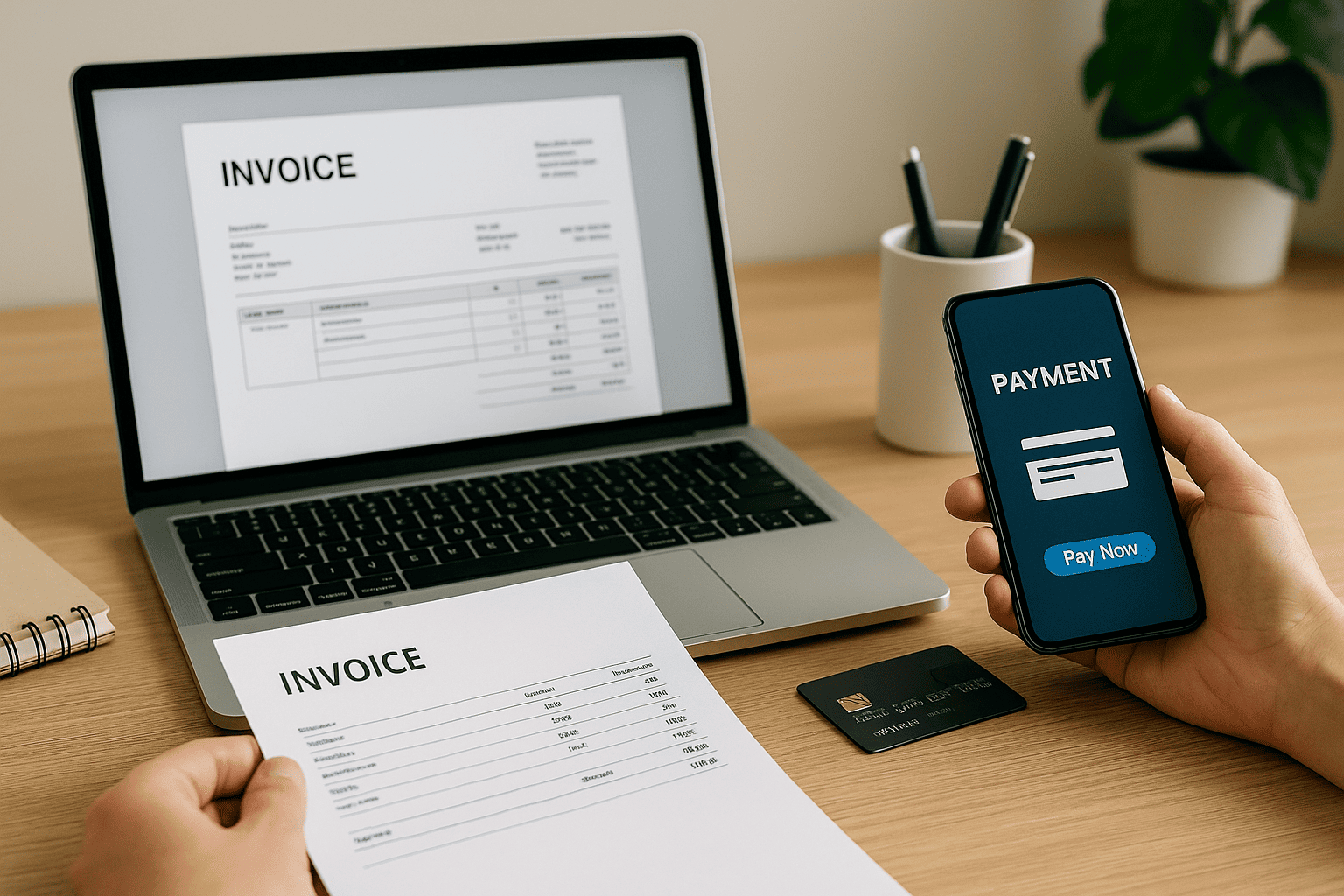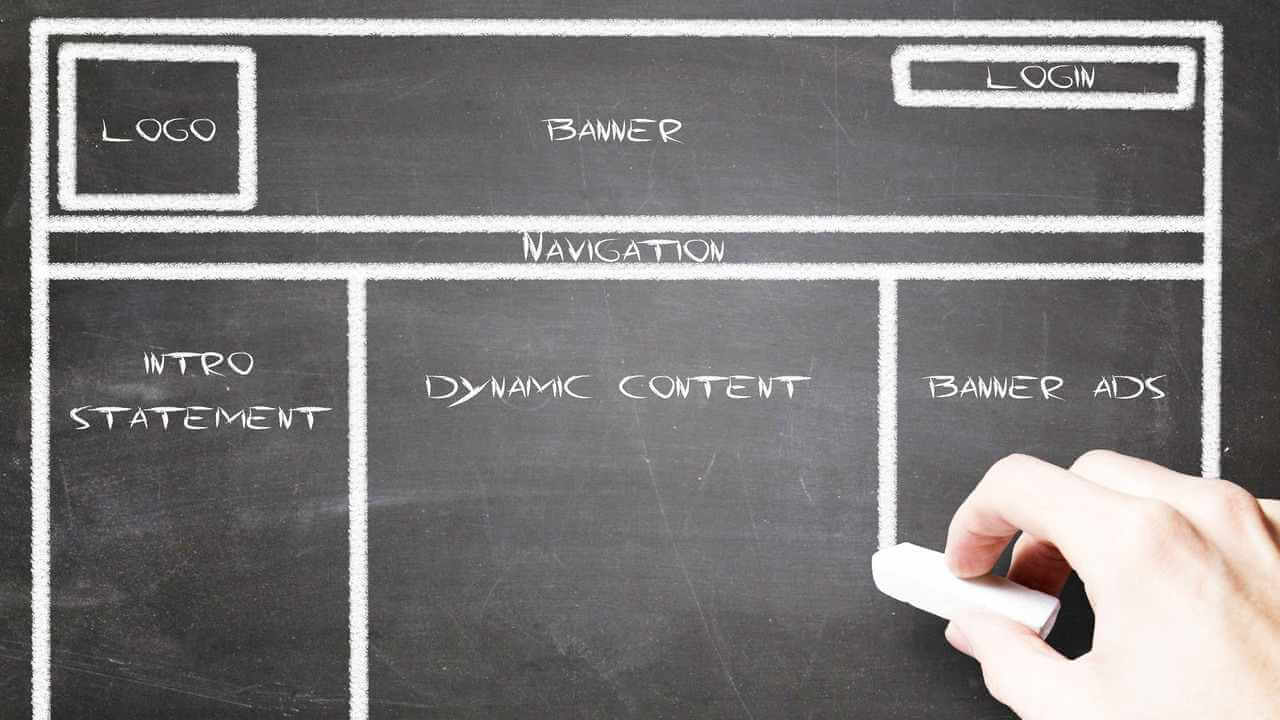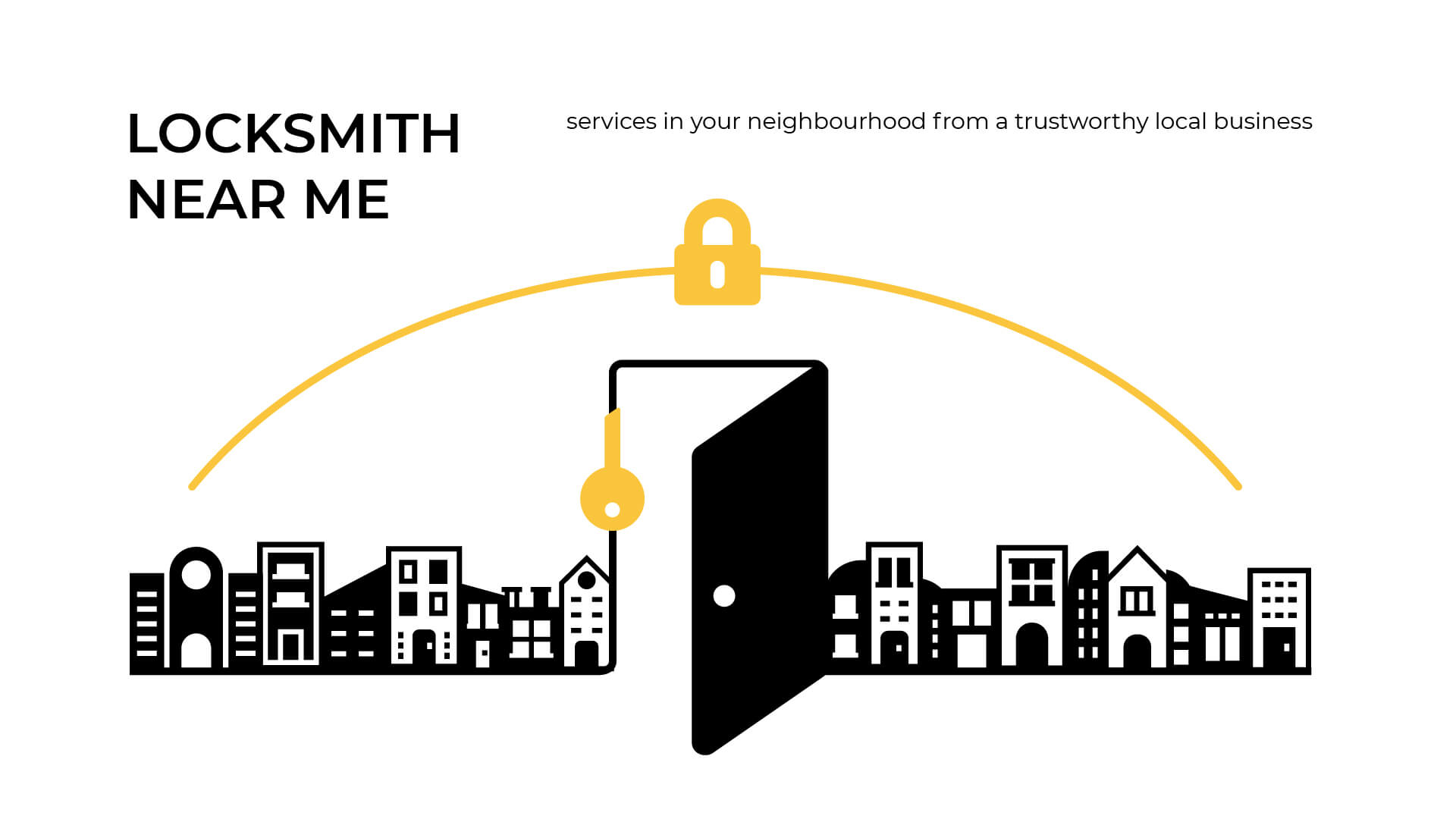Running a home business sometimes feels like you’re spinning plates while answering the phone with your shoulder. You’re wearing all the hats — boss, creative, customer service, and yes, bookkeeper.
Among the many moving parts, dealing with invoicing and actually getting paid can quickly turn into the most anxiety-inducing bit, especially when you’re just getting started.
Let’s be honest: sending an invoice isn’t just a tick on the to-do list. It’s your official nudge that says, hey, I did the work — now it’s time to get paid. It’s also your receipt, your peace of mind, your little “I’ve got this” document. And when it’s your main source of income, it suddenly matters a whole lot more.
When I first got going, my invoices were nothing more than clunky Word docs with tables and whatever fonts seemed official enough. But the key thing I learned early on? They needed to be crystal clear. Each one had my name and business info up top, the client’s details right underneath, an invoice number I made up on the spot, and the date I sent it out.
Then came the list of what I’d done — sometimes just one line, other times half a page — followed by how much they owed me, when I expected payment, and how they could send it. That was pretty much it. But that little list? It grew into a rhythm.
One of the hardest lessons came when I sent an invoice and, weeks later, realized the client had completely ghosted me. I hadn’t included any payment terms — nothing that said when it was due, or what happened if they missed it. I guess I just thought, surely they’ll pay right away?
Rookie mistake. So now, I always make it clear. Whether it’s “due in 15 days” or “payable upon receipt,” it’s there, in plain sight. Sometimes I even highlight it. And when it’s a new client or a big project, I ask for a deposit. Usually around 30 percent upfront — not because I don’t trust people, but because it helps both sides take the whole thing seriously from the beginning.
Then there’s the actual payment part. These days, I rarely deal with cash, and checks feel almost nostalgic — like mixtapes or answering machines. Most of my payments come through digital platforms. I use a mix depending on what suits the client. Some people are PayPal diehards, others prefer direct bank transfers.
Every method has its perks and drawbacks — PayPal’s fast but skims off a fee, Stripe is neat for online sales but takes a little setup. Venmo works in a pinch, especially for casual, small jobs. I’ve learned to be flexible. The main goal? Make it as painless as possible for them to hit “send” on that payment.
Still, sending invoices is one thing. Tracking them? That’s a whole different beast. I’ve had invoices sit unpaid simply because I forgot to check. Not proud of that. So I started using software to help me keep an eye on things. At first it was just a spreadsheet with color-coded rows — red meant unpaid, green was done and dusted, yellow was due soon.
Eventually, I upgraded to tools like FreshBooks, which made life easier with reminders and dashboards. Even now, I try to check in once a week just to make sure nothing slipped through the cracks.
And yes, following up on unpaid invoices is awkward. Nobody likes to chase money. But I’ve found a quick, polite nudge usually works. Something like, “Hi! Just wanted to check in on the invoice from two weeks ago. Let me know if you need it resent.” People get busy. Emails get buried. It doesn’t have to be confrontational — just clear.
I can’t stress this enough: keep your records neat. Especially when tax season rolls around and you’re trying to remember how much you made from that random project in March. I keep copies of every invoice, paid or unpaid, sorted by month. I note when payments come in, too.
And while we’re on it — don’t forget to keep receipts for your expenses. Stuff like packaging, subscriptions, software tools, even postage — it all adds up, and it counts.
One thing I do now that I wish I’d done from the start? I automate what I can. Recurring invoices for regular clients, email reminders for late payments, even calendar alerts to remind myself to check what’s still pending. It cuts down on the mental load.
But I try to stay human in the process. I’ll still add a note like, “Thanks again — loved working on this with you!” at the bottom of an invoice. Little touches go a long way.
I’ve learned, too, that consistency matters more than perfection. I try to invoice on the same day each week. I stick to the same payment terms every time. If a client’s late and I’ve warned them there’ll be a fee, I follow through. Not because I’m being tough, but because it helps keep things fair — for me and for them. People appreciate boundaries more than we think.
And lastly, if someone’s late paying? Don’t panic. Most times, it’s just an oversight. Maybe they’re waiting on their own payment. Maybe they just forgot. But if it keeps happening, or if they start dodging emails, then it’s okay to reassess. Your time matters. Your work matters. And while you might be running your business from the kitchen table, that doesn’t make it any less real.
So yes, handling invoicing and payments can feel messy at first. But once you figure out your system — one that fits your work style and keeps things smooth for clients — it becomes less of a chore. It just becomes part of the rhythm. Like morning coffee or checking your inbox. One less thing to worry about.








